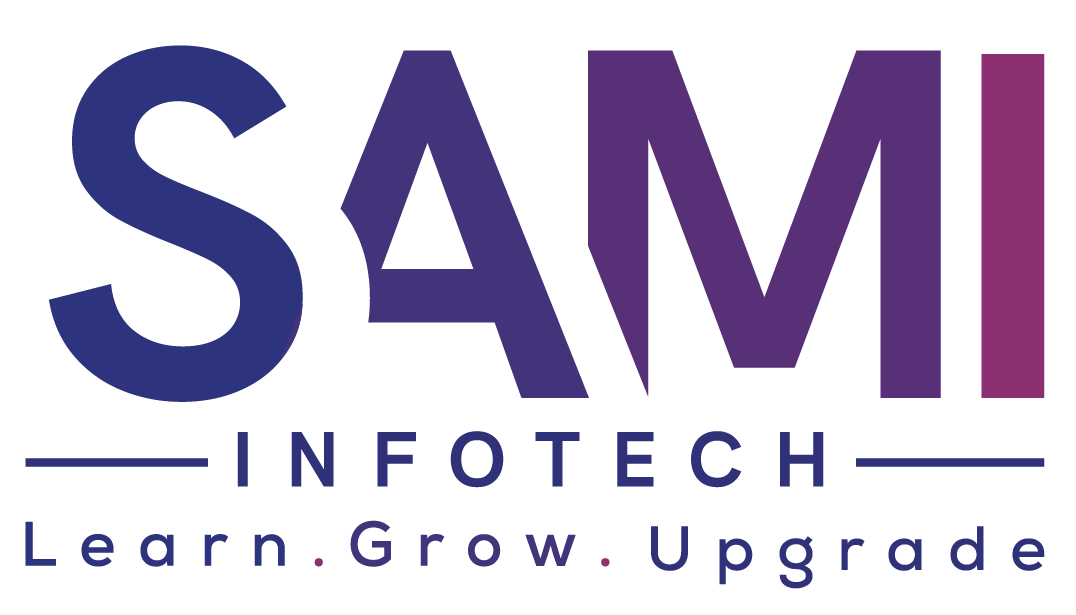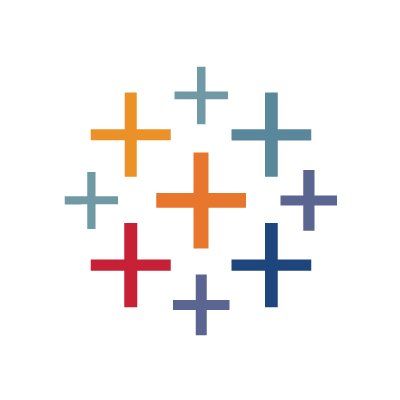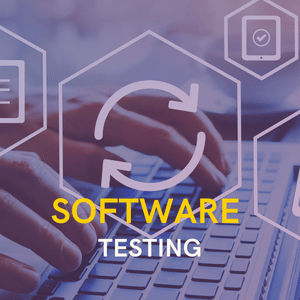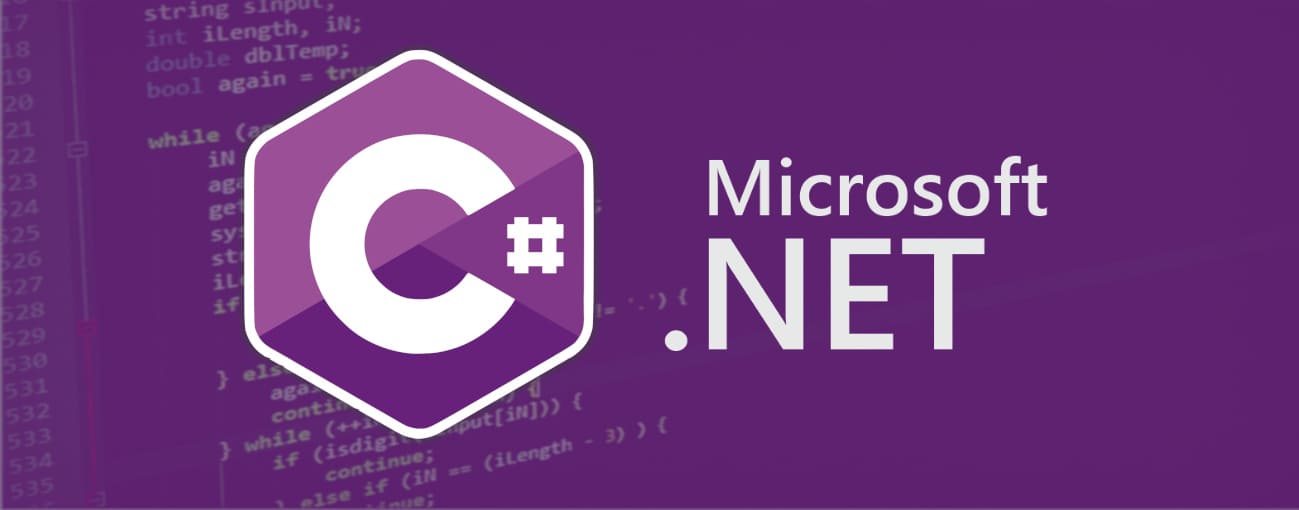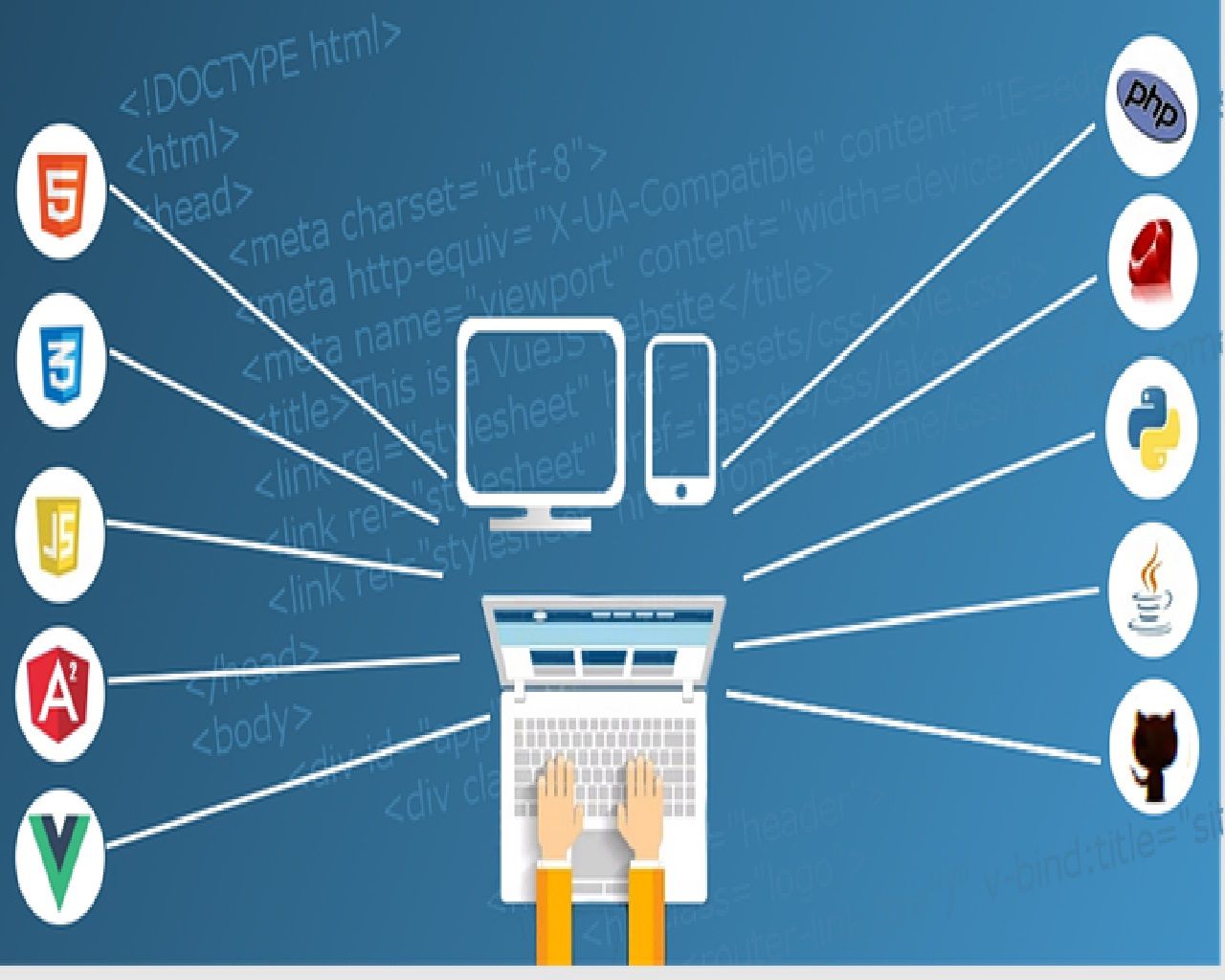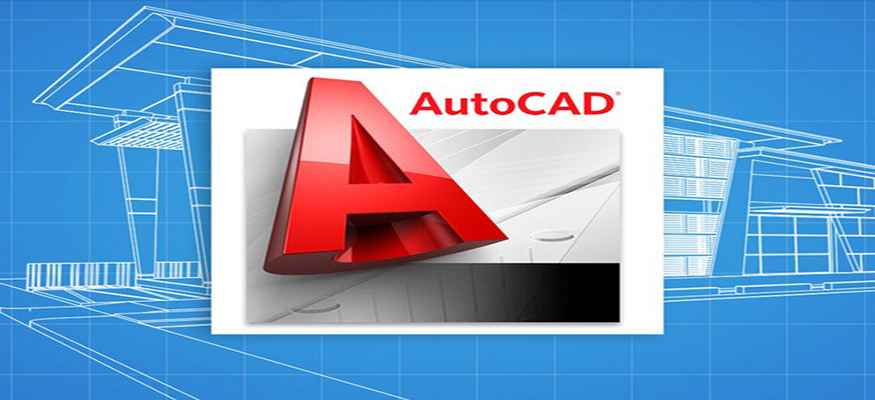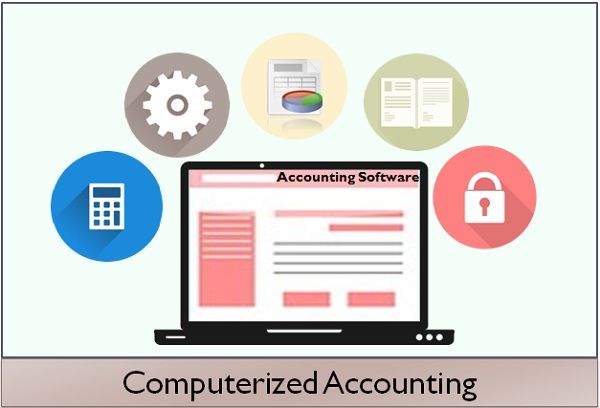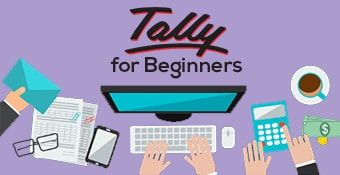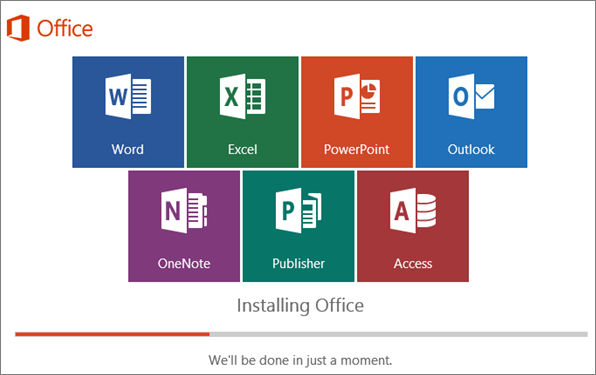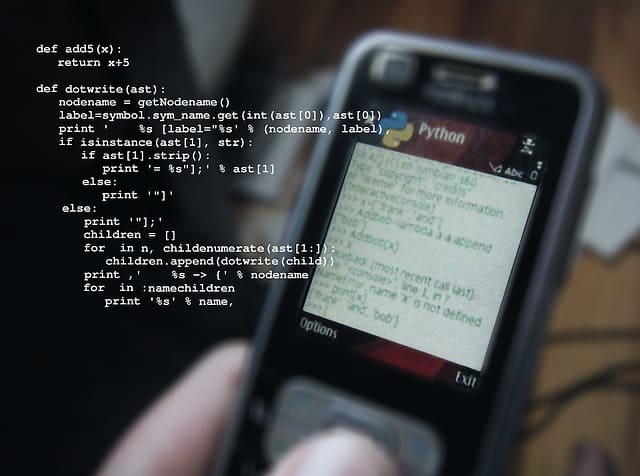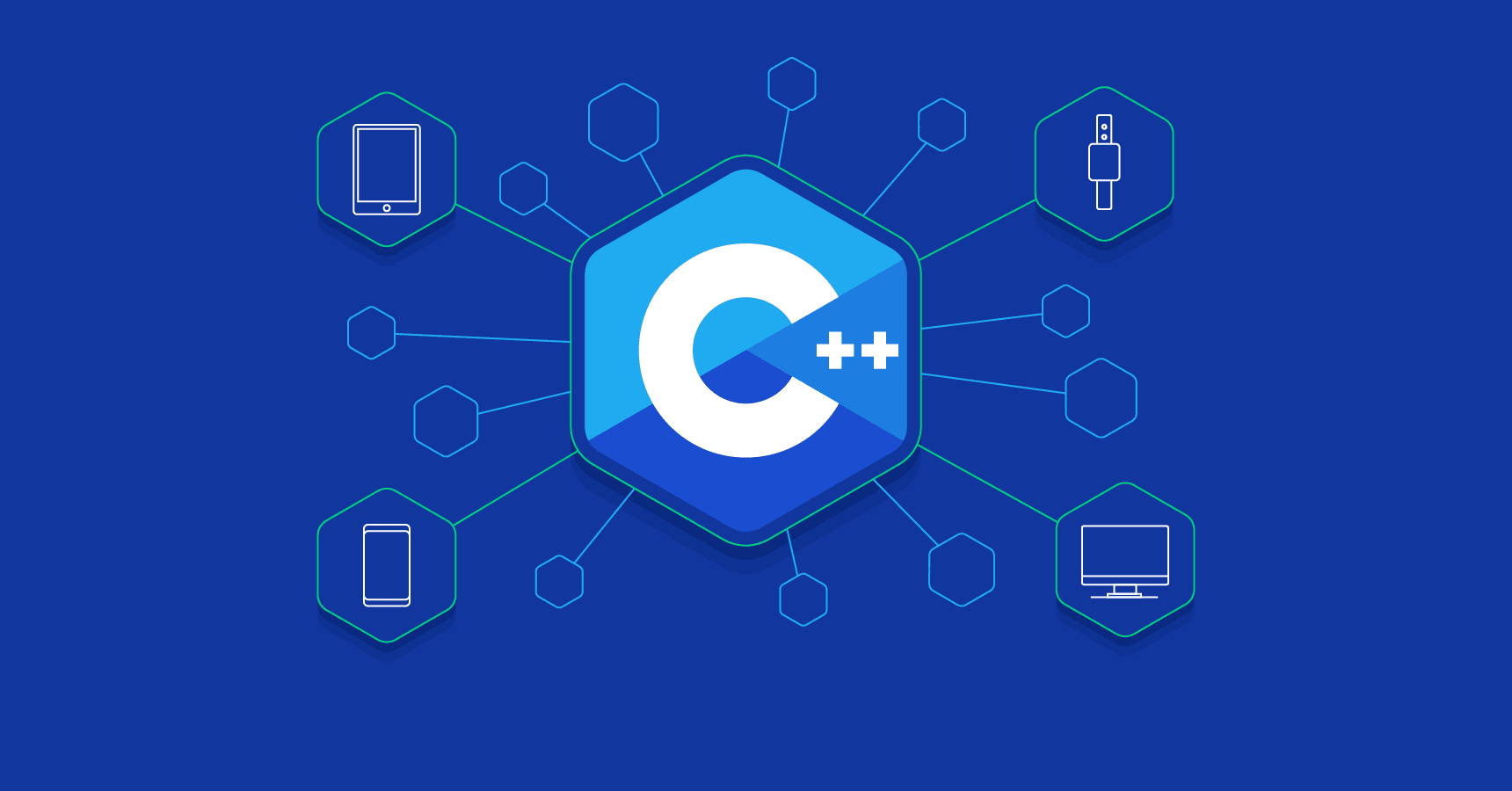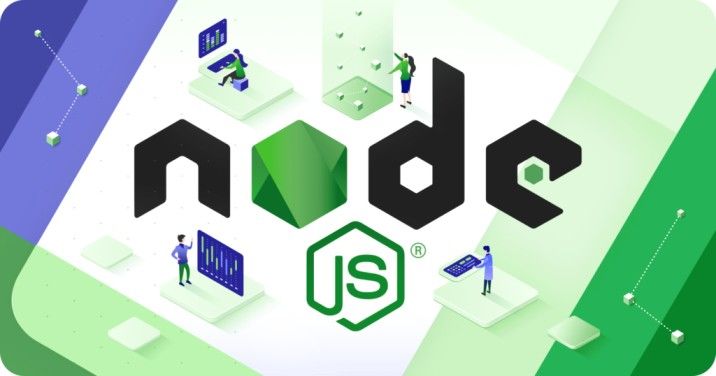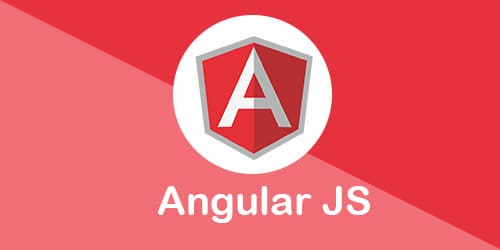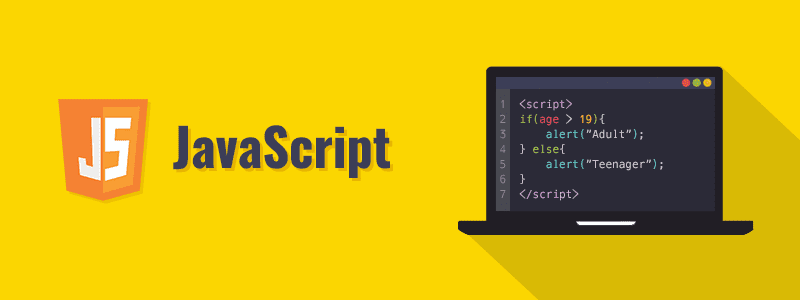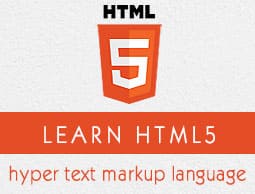Programming Fundamentals: Covers basics like variables, control structures, and functions.
Language Proficiency: Focuses on mastering languages such as Python, Java, or C++.
Data Structures & Algorithms: Teaches essential structures and algorithms for problem-solving.
Software Development Lifecycle: Introduces principles for building robust software solutions.
Start your journey now and join our Diploma in Programming course in Navi Mumbai. Let’s create something amazing together!
Job Oriented Modules Covered in Diploma in Programming course
Curriculum
C Programing
Module1 : Introduction to C Language
- Installation link
- Installation steps
- C programming features
- Structure of the C Program
Module 2: Token
- Introduction to Tokens
- Importance and Usage of Keywords
- Rules for Naming Identifiers (Avoiding Keywords)
- Ignoring Whitespace and Comments during Compilation
- Definition and Purpose of Variables
- Importance in Programming
- Role in Storing and Managing Data
- Understanding the concept of constants as fixed values
- Recognizing the role of constants in programming for maintaining data integrity and readability.
- Understanding operators as symbols that perform operations on operands.
- Overview of arithmetic operators.
Module 3: Operators
- Understanding role in combining and modifying Boolean conditions.
- Applying logical operators to create complex conditions
- Streamlining code with compound assignment operators.
- Understanding how the address operator retrieves the memory address of a variable.
- Reinforce your understanding and practical application of Operators.
Module 4: Decision Making Statements
- Understanding the role of conditional statements in decision-making.
- Significance of making decisions in programming for control flow.
- Identifying scenarios where switch-case is more appropriate than if-else.
Module 5: Looping Statements
- Introduction to loops as control flow structures in C.
- Significance of loops in automating repetitive tasks and optimizing code.
- Overview and Use Cases
- Incorporation of one loop structure within another
- Altering the flow of execution within loops.
- Break and continue statements
Module 6: Array
- Introduction to Arrays
- Definition and Purpose
- Declaration and Initialization
- Accessing Array Elements
- Updating array elements
- Input array element dynamically
- Search array elements
- Practice set Questions
Module 7: Strings
- Definition and Purpose
- String Declaration and Initialization
- String Manipulation Functions
- Practice Set Quesions
Module 8: Functions
- Introduction to Functions
- User define functions
- Types of function
- Pass by value
- Pass by reference
- Practice set Questions
Module 9: pointers
- Introduction to Pointers
- Understanding pointers as variables that store memory addresses.
- Understanding the relationship between pointers and data types.
- Dynamic Memory Allocation
- Arrays and Pointers
- Pointer-related Best Practices
Module 10: Introduction to Structures
- Definition and Purpose of Structures
- Importance in Organizing Data
- Basic Syntax and Declaration
- C Structure Definition
- Access Structure Members
- Initialize Structure Members
Module 11: File handling in c
- File opening modes in C
- Create a File in C
- Reading From a File
- Write to a File
- Close the File
C++
Module1 : Structure of the C ++ Programing
- Installation link
- Installation steps
- C++ programming features
- Difference between c and c++
- Understanding concepts of oop
- Printing hello world
Module 2: Token
- Introduction to Tokens
- Character set
- Syntax for Declaring Variables
- Data Types in Variable Declarations
- Examples of Variable Declarations
Module 3: Decision Making Statements
- Overview of if, else if, and else statements.
- Formulating conditions that evaluate to true or false.
- Nested if
- Ternary operators
- Switch case
- practice set question
Module 4: Looping Statements
- While and do while
- Loop executions
- Syntax
- For loop
- Execution
- Syntax
- Nested Loops
- Patterns programs
- Break and continue statements
- practice set question
Module 5: Array
- Introduction to Arrays
- Definition and Purpose
- Declaration and Initialization
- Accessing Array Elements
- Updating array elements
- Input array element dynamically
- Search array elements
- Practice set Questions
Module 6: Strings
- Definition and Purpose
- String Declaration and Initialization
- String Manipulation Functions
- Input string dynamically
- Practice Set Quesions
Module 7: Functions
- Introduction to Functions
- User define functions
- Types of function
- Pass by value
- Pass by reference
- Practice set Questions
Module 8: pointers
- Introduction to Pointers
- Declaration and Initialization of Pointers
- Pointer Operators
- The & Operator
- Pointer Arithmetic
- Null Pointers
- Dynamic Memory Allocation
- Arrays and Pointers
- Pointer-related Best Practices
Object oriented programming
Module 1: Classes and Objects
- Classes as user-defined data types.
- Object instantiation and initialization.
- Member variables and member functions.
Module 2: Constructors and destructors in classes.
- Default constructors.
- Parameterized constructors.
- Constructor overloading with multiple constructors in a class.
- Destructor and its role in resource management.
Module 3: Inheritance
- Definition and concept of inheritance.
- Creating base and derived classes.
- Types of inheritance: single, multiple.
- multilevel
- hierarchical
- hybrid
Module 4: encapsulation
- accesss specifier(private , public , protected).
- Data Encapsulation.
- Benefits of Encapsulation
- Setter and getter method
- Access Specifiers
- Encapsulation programs
- Friend Functions and Classes
Module 5: Polymorphism
- Compile time polymorphism
- Method overloading
- run time polymorphism
- method overriding
- Virtual functions
- Rules for virtual functions
- Pure virtual functions
- Virtual base classes
Module 6: Exception Handling
- Try Block
- catch block
- Throw statement
- Exception Types
- Exception Handling Mechanism
- practical Questions
Basic + Advance python
Basic Python
Module1 : Introduction to Python
- Overview of Python
- Python Interpreter
- features of python
- why python
- Basic Syntax
Module 2: Tokens in python
- Definition of identifiers in programming languages.
- Explanation of their role in uniquely identifying variables, functions, and other entities.
- Explanation of keywords as reserved words with special meanings in a programming language.
- How indentation is used to define code blocks instead of explicit braces.
- Discussion on the ASCII and Unicode character encoding.
Module 3: Identifier rules Mode of python Formatted Input /output
- Discussion on the rules and conventions for naming identifiers.
- Users interact with Python prompt directly
- Reads user input from the console.
Module 4: Datatypes
- Definition and usage of integers.
- Explanation of floating-point numbers.
- Definition of strings as sequences of characters.
- String manipulation, indexing, and slicing.
- Introduction to boolean values: True and False.
- Definition of tuples as ordered, immutable sequences.
- Understanding the concept of unique elements in a set.
- Set applications in data analysis and processing.
Module 5: Operators
- Performing addition and subtraction operations on numeric elements in a list.
- Overview of bitwise operators (&, |, ^, ~, <>) in Python.
- Overview of how they test for the presence or absence of a value in a sequence.
- Definition of operator precedence in Python.
Module 6: Conditional Statement
- Introduction to Conditional Statements
- Definition of nested if statements in Python.
- Ternary operator/short hand if else
Module 7: Looping Statements
- Understanding how the loop's condition is evaluated.
- Introduction to Range
- Definition and purpose of the break statement in Python.
- Understanding the structure and indentation for nesting.
Module 8: Strings
- Creating a String
- Extract string element
- String Property
- String Methods
- String practice set question
Module 9: Functions
- Introduction to Functions
- User define functions
- inbuilt functions
- function definitions
- function calling
- Type of functions
- positional arguments/required arg
- default arguments
- keyword arguments
- arbitrary positional arguments
- arbitrary keyword arguments
- Functions as first class value
- Lamda function
- Higher order function
- map
- filter
- reduce
Module 10: list
- Understanding the concept of order in list elements.
- Understanding List Characteristics
Module 11: Tuple
- Creating a tuple
- Accessing elements from tuple
- Updating tuple
- Membership
- Tuple functions
- Practical related questions
Module 12: Modules
- Creating a module
- Importing a module
- Importing multiple modules
- Alias/alias while importing multiple modules
- Importing single or specific element from module
- Alias while importing single element
- Importing a module from another directory Dir()
Module 13: packages
- Package Structure
- Directory Hierarchy
- Importing from a Package
- Using __init__.py
- Subpackages
- Hierarchical Structure
- practice set questions
Module 14: File handling
- Create a new file
- Overwrite an existing one for writing
- Creating, updating, and analyzing log files aids in monitoring system activities
Module 15: Exception handling
- Understanding the need for handling exceptions in a program
- Creating custom exceptions to handle specific situations.
- Handling exceptions in concurrent and asynchronous programming.
Advance Python
Module1 : Introduction to OOP
- Overview of classes in Python, defining and using classes.
- Instantiation of classes, understanding object-oriented principles.
- Defining and accessing attributes, instance and class methods.
Module 2: Constructor And Destructor Inheritance
- Understanding __init__ and __del__, their importance and usage.
- Initialize object state and set default values
- Extending or modifying functionality in derived classes.
- Understand how constructors work in a single inheritance scenario.
Module 3: Polymorphism
- Intoduction to Polymorphism
- Method overloading
- method overriding
Module 4: Encapsulation and Abstraction
- Enhances code organization, security, and maintainability by restricting direct access to internal details of a class.
- Access control modifiers
Module 5: Regular Expressions
- Understanding the power of regular expressions, basic syntax.
- Using match to find patterns at the beginning of strings.
- Understanding the practical differences and use cases.
- Exploring commonly used patterns and their applications.
Module 6: Common Gateway Interface
- Introduction to CGI, its role in web applications.
- Understanding the CGI architecture and its components.
- Differences, usage, and handling data with GET and POST.
- Understanding, creating, and managing cookies in CGI.
- Implementing file uploads in CGI applications.
Module 7: Database
- Facilitates database operations in Python
- Allowing the creation, manipulation, and querying of SQLite databases.
- Establishes and manages the connection to an SQLite database
- Points to be remember Before connecting to a MySQL database
- Handling Errors
Module 8: Networking
- Communication between devices over a network using sockets
- Facilitating data exchange.
Module 9: Multithreading
- Benefits of Using Python for Multithreading
- Thread modules
- Thread Creation in Python
- Thread Lifecycle
- Thread Synchronization
- Multithreaded Priority Queue
Module 10: GUI Programming
- Create the GUI application main window.
- Add one or more of the above-mentioned widgets to the GUI application.
- Enter the main event loop to take action against each event triggered by the user.
- Tkinter Widgets
- Standard Attributes
- Geometry Management
- SimpleDialog:askinteger /askfloat /askstring
- The FileDialog Module
- ColorChooser
- ttk module
Module 11: Sending Emails in Python
- SMTP
- Smtplib Module
- Email Message Components:sender/recipient/subject/body
- Connection to SMTP Server
- Sending mails
Core Java
Module 1: Introduction to java
- Software development kit for Java
- Standard libraries for Java applications.
- Featuring a compiler, development tools, Java Runtime Environment (JRE).
- Enhances program reliability by gracefully managing unexpected situations.
- Simple demonstration of printing text to the console.
Module 2: Tokens
- Introduction to Tokens
- Character set keywords
- Understanding tokens is fundamental to the efficiency and robustness of the software development process.
- Definition and Purpose of Variables
- Importance in Programming
- Understanding the concept of constants as fixed values
- Understanding operators as symbols that perform operations on operands.
- Overview of arithmetic operators: addition, subtraction, multiplication, division, and modulus.
Module 3: Decision Making Statements
- Understanding the role of conditional statements in decision-making.
- Best practices for utilizing switch-case effectively.
- Application of conditional making statements in solving practical problems.
- Real-world scenarios to reinforce the understanding of decision-making in programming.
Module 4: Looping Statements
- Introduction to loops as control flow structures in java.
- Overview and Use Cases.
- Incorporation of one loop structure within another.
- Altering the flow of execution within loops.
Module 5: Array
- Introduction to arrays as collections of elements.
- Understanding the significance of arrays for organizing and manipulating data.
- Application of arrays to solve real-world programming challenges.
Module 6: Enumerated types
- Understanding Enumerated types
- Accessing Enum Constants
Module 7: Methods
- Introduction to Method
- Different ways of passing parameters to functions
- Definition and explanation of passing parameters by value.
Module 8: Enhanced for-loop Enumerated types
- Introduction to Enhanced For-Loop
- Enhanced for-loop Enumerated types
- Definition and explanation of passing parameters by value.
Module 9: OOP in java Class and object
- Improved code structure and organization by representing entities as objects.
- Enables the implementation of real-world scenarios in a programming context.
- Facilitates a modular and structured approach to software design.
- Hierarchical organization facilitates easier maintenance and updates.
Module 10: Constructors and destructors in classes.
- Constructor overloading with multiple constructors in a class.
- Destructor and its role in resource management.
- Introduction to constructors as special member functions for initializing objects.
- Best practices for destructor implementation.
Module 11: Inheritance
- Introduction to inheritance as a mechanism for code reuse.
- Hybrid Inheritance
- What are Interfaces in Java
Module 12: Encapsulation and Abstraction
- Introduction to encapsulation as the bundling of data and methods
- Understanding a class as a blueprint for creating objects.
- Application of getter and setter methods through hands-on coding exercises.
Module 13: polymorphism
- Introduction to polymorphism as the ability of objects to take multiple forms.
- Clearing understanding of rules for successful function overloading.
- Understanding how polymorphism enhances code flexibility and extensibility.
- Introduction to virtual functions as a mechanism for achieving runtime polymorphism.
Module 14: Packages ,Exception Handling ,File Handling
- Package Declaration
- Importance of Exception Handling
- Introduction to File Handling
- File Input/Output Operations
Module 15: Multithreaded Programming ,Network Programming
- Multithreaded Programming
- Introduction to Multi-Threading
- Introduction to Networking InetAddress URL
- Enables the creation of various collections like lists, sets, and maps, with the ability to traverse and manipulate their elements.
Module 16: Introduction to generics
- Using Built-in Generics Collections
- Writing Simple Generic Class ,Bounded Generics ,Wild Card Generics
Module 17: Inner Classes
- Briefly introduce the types of inner classes to be covered.
- Discuss the benefits of organizing related classes within the same file.
